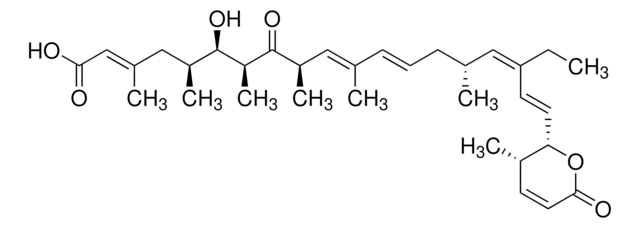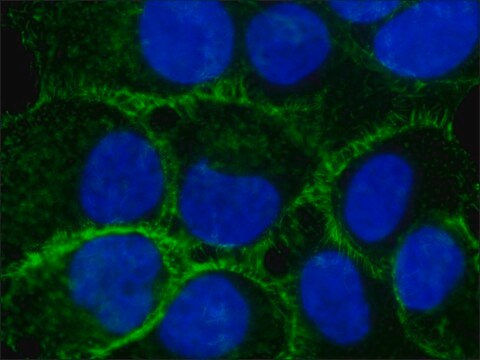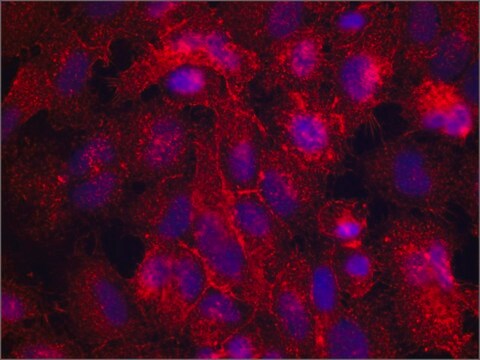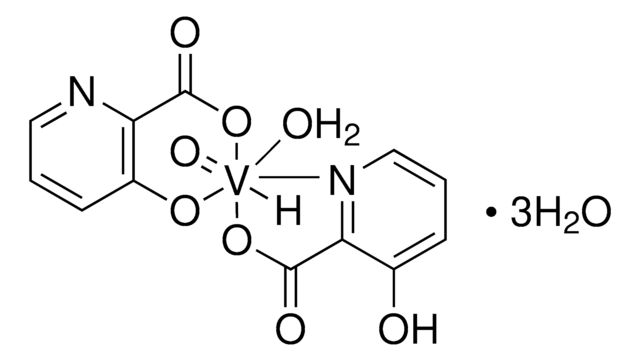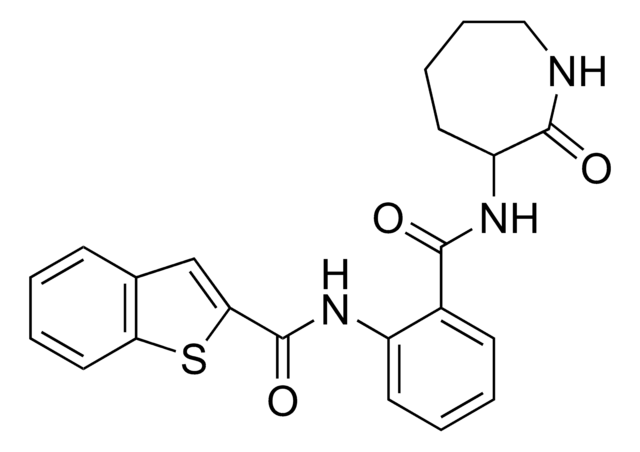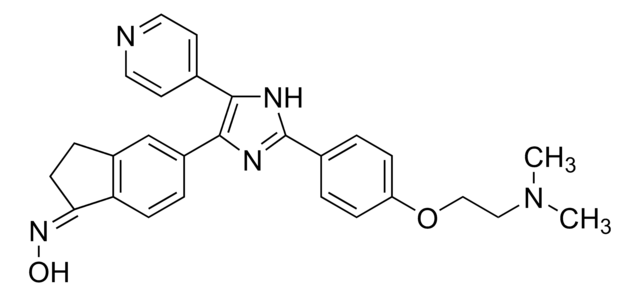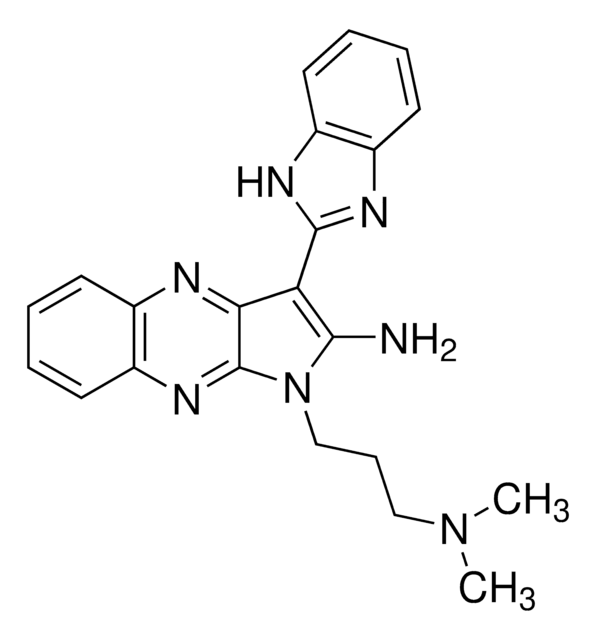General description
Ezrin is a member of the best studied member of the ERM family of proteins. The ERM family regulates the dynamic cell membrane functions such as endocytosis, exocytosis, and transmembrane and other cortical signalling pathways. Ezrin (molecular weight 80 kDa) interacts with transmembrane proteins and F-actin and mediate important signalling pathways including RhoA and Hedgehog signalling. Ezrin is also present in the microvillus surface of acid-secreting parietal cells of the gastric glands, where it presents as a family of isoelectric variants. By immunoelectron microscopy of human choriocarcinoma cells, ezrin is enriched just inside the plasma membrane of microvilli and less abundant on more planar aspects of the membrane.
Ezrin is a member of the best studied member of the ezrin/radixin/moesin (ERM) family of proteins. It is present in the microvillus surface of acid-secreting parietal cells of the gastric glands, where it presents as a family of isoelectric variants. By immunoelectron microscopy of human choriocarcinoma cells, ezrin is enriched just inside the plasma membrane of microvilli and less abundant on more planar aspects of the membrane.
Monoclonal Anti-Ezrin (mouse IgG1 isotype) is derived from the 3C12 hybridoma produced by the fusion of mouse myeloma cells and splenocytes from an immunized mouse. Ezrin is present in microvilli, placental microvilli, microspikes, and membrane ruffles of cultured cells. It is also found in the growth cones of cultured neurons and the marginal band of avian erythrocytes. Ezrin comprises a (4.1 protein, ezrin, radixin and moesin) FERM domain, an α-helical linker region and a C-terminal domain. The amino-terminal domain of ezrin is localized to membranes and the carboxy-terminal part, containing the α-helical domain, colocalizes with actin filaments. Ezrin gene is mapped to the human chromosome location 6q25.3.
Specificity
Monoclonal Anti-Ezrin recognizes ezrin (80 kDa). Cross-reactivity is observed with human, monkey, bovine, rat, kangaroo, hamster, and mouse
Immunogen
carboxy-terminal section of recombinant human ezrin (amino acids 362-585).
Application
The antibody was used for detection of Ezrin by immunostaining, immunoblotting in human bladder cancer cells , immunohistochemistry, immunoprecipitation in kidney and colon adenocarcinoma cells and electron microscopy in astrocytes
Biochem/physiol Actions
Ezrin links the cytoskeleton to the plasma membrane, based on its amino acid sequence homologies with other cytoskeletal proteins. It regulates cell growth, migration, and cell adhesion. Ezrin is also implicated in cancer cell invasion and metastasis. The proteins of the ezrin family serve as tyrosine kinase phosphorylation substrates. They exhibit a growth factor receptor-specific pattern of phosphorylation. Ezrin is phosphorylated by epidermal growth factor receptor and platelet-derived growth factor receptor.
The ezrin/radixin/moesin (ERM) family regulates the dynamic cell membrane functions such as endocytosis, exocytosis, and transmembrane and other cortical signalling pathways. Ezrin (molecular weight 80 kDa) interacts with transmembrane proteins and F-actin and mediate important signalling pathways including RhoA and Hedgehog signalling.
Physical form
Monoclonal Anti-Ezrin is provided as ascites fluid with 15 mM sodium azide as a preservative.
Storage and Stability
For continuous use, store at 2-8 °C for up to one month. For extended storage, freeze in working aliquots. Repeated freezing and thawing is not recommended. Storage in frost-free freezers is not recommended. If slight turbidity occurs upon prolonged storage, clarify the solution by centrifugation before use.
Disclaimer
Unless otherwise stated in our catalog or other company documentation accompanying the product(s), our products are intended for research use only and are not to be used for any other purpose, which includes but is not limited to, unauthorized commercial uses, in vitro diagnostic uses, ex vivo or in vivo therapeutic uses or any type of consumption or application to humans or animals.
